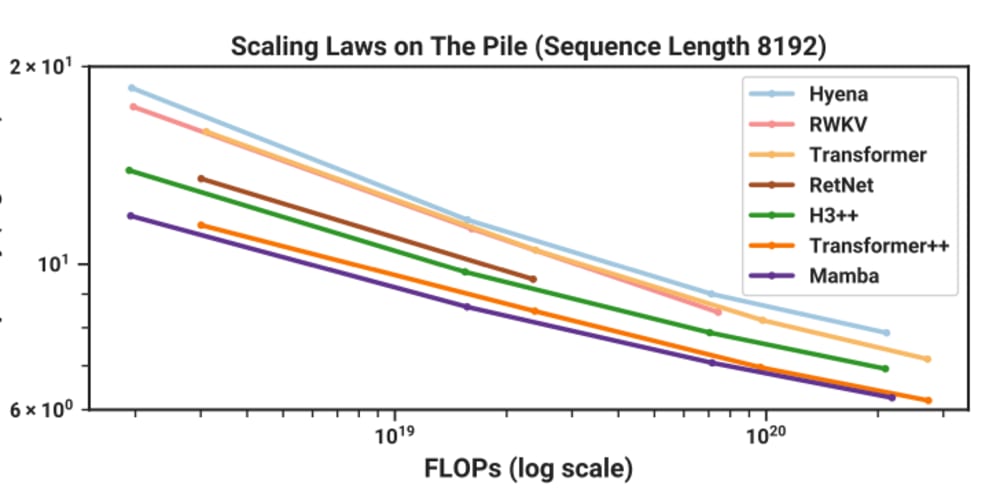
Ensuring smooth integration between different components is crucial in the complex world of software development that exists today. This is where SIT testing excels, providing a wealth of priceless advantages that improve software systems’ quality, effectiveness, and dependability. Let’s examine the top five benefits that render SIT a crucial procedure.
- Unveiling Integration Defects Early
The capacity of SIT to identify integration flaws early on is one of its main benefits. The likelihood of integration problems grows as software systems get more intricate, involving numerous interconnected components and interfaces. SIT proactively finds these flaws before they worsen and end up requiring more time and resources to fix. Through the simulation of real-world scenarios and testing of the smooth integration of different modules, SIT helps developers identify and address problems early on.
- Ensuring End-to-End System Functionality
SIT assesses the overall functionality of the system rather than just testing individual parts separately. By using a comprehensive approach, it is ensured that all parts function together and exchange data and information in an accurate and efficient manner. SIT confirms the software satisfies the requirements and provides the intended functionality by examining the proper data in addition to process flow throughout the integrated system. SIT also aids in locating possible bottlenecks, performance concerns, or compatibility issues that might develop from the interaction of various components.
- Fostering Collaboration and Communication
SIT encourages cross-functional teams working on software development to collaborate and communicate with one another. Developers, testers, and subject matter experts must collaborate closely as various modules in addition to components are integrated. By creating a shared knowledge of the needs, expectations, and behavior of the system, SIT makes this collaboration easier. Team members can gain a better understanding of the complex dependencies and interactions between components by sharing knowledge and communicating on a regular basis.
- Mitigating Risks and Reducing Costs
SIT is essential for risk mitigation and cost reduction because it finds and fixes integration defects early in the development lifecycle. Resolving problems later on, like after deployment or during user acceptance testing, can be much more costly and time-consuming. SIT serves as a preventative measure, identifying possible issues before they worsen, necessitating more thorough rework or expensive system failures. Moreover, SIT reduces the risks involved in integrating components created by various teams or vendors.
- Facilitating Continuous Integration and Delivery
Continuous Integration along with Delivery (CI/CD) practices are now critical to delivering software quickly in addition to reliably in today’s agile development environments. Through the validation of the integration of updates and code changes from multiple sources, SIT is essential to the success of CI/CD processes. Teams are able to promptly detect integration problems brought about by fresh code commits or updates by routinely running SIT as part of the CI/CD pipeline.
Final Thought
System Integration Testing is a vital practice that offers numerous benefits to software development teams as well as organizations. With Opkey, organizations can streamline System Integration Testing (SIT) for seamless connectivity across applications and platforms. Opkey’s no-code integration platform enables comprehensive SIT, validating data synchronization and process workflows between disparate systems. Businesses can ensure their ecosystem operates as a cohesive whole with Opkey’s automated SIT capabilities, minimizing disruptions and maximizing operational efficiency.


















